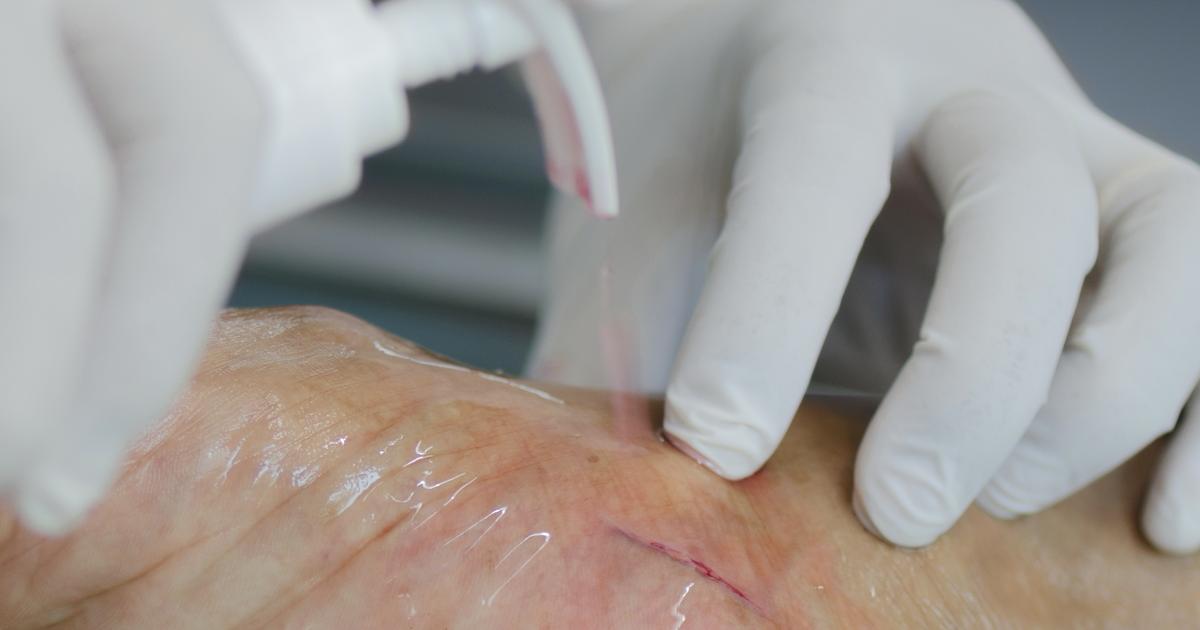How To Treat An Infected Cut
Cuts are breaks in the skin that cause bleeding. Depending on the depth of the cut and the amount of bleeding it triggers, a cut can be a simple injury that responds well to treatment at home. However, if severe bleeding occurs or if the cut is deep or dirty, the patient may need stitches or other treatment at an urgent care facility or hospital. Patients who have any type of cut should be aware of potential signs of infection, including warmth or swelling at the affected site. Two of the major indicators of infection are the presence of pus and the appearance of redness that starts around the edges of the cut and spreads outwards. If these signs occur, the patient should have the cut evaluated by a medical professional.
By following proper wound care procedures, it may be possible to prevent infection. The recommended steps for treating a cut at home are discussed below.
Clean Wound Completely

One of the most important steps in infection control is to clean the wound completely. This should be done immediately after the cut. First, doctors recommend holding the injured area under running water for a few minutes, as this can help reduce or stop bleeding. Next, the skin around the wound should be washed with warm, soapy water and a soft washcloth, and some patients may want to clean the wound by applying an antiseptic spray. To avoid irritation, soap should not be placed directly on the cut itself. Most importantly, doctors advise individuals to never apply alcohol, hydrogen peroxide, iodine, or hand sanitizer to a cut, as this can damage the surrounding tissues and reduce the speed at which the cut heals. When cleaning the wound, patients should check for any dirt or foreign objects embedded in the cut. This is especially important if the cut is deep. While it may be possible to remove small pieces of debris with tweezers at home, it is often safest to have debris removed by a medical professional.
Read more about treating an infected cut now.